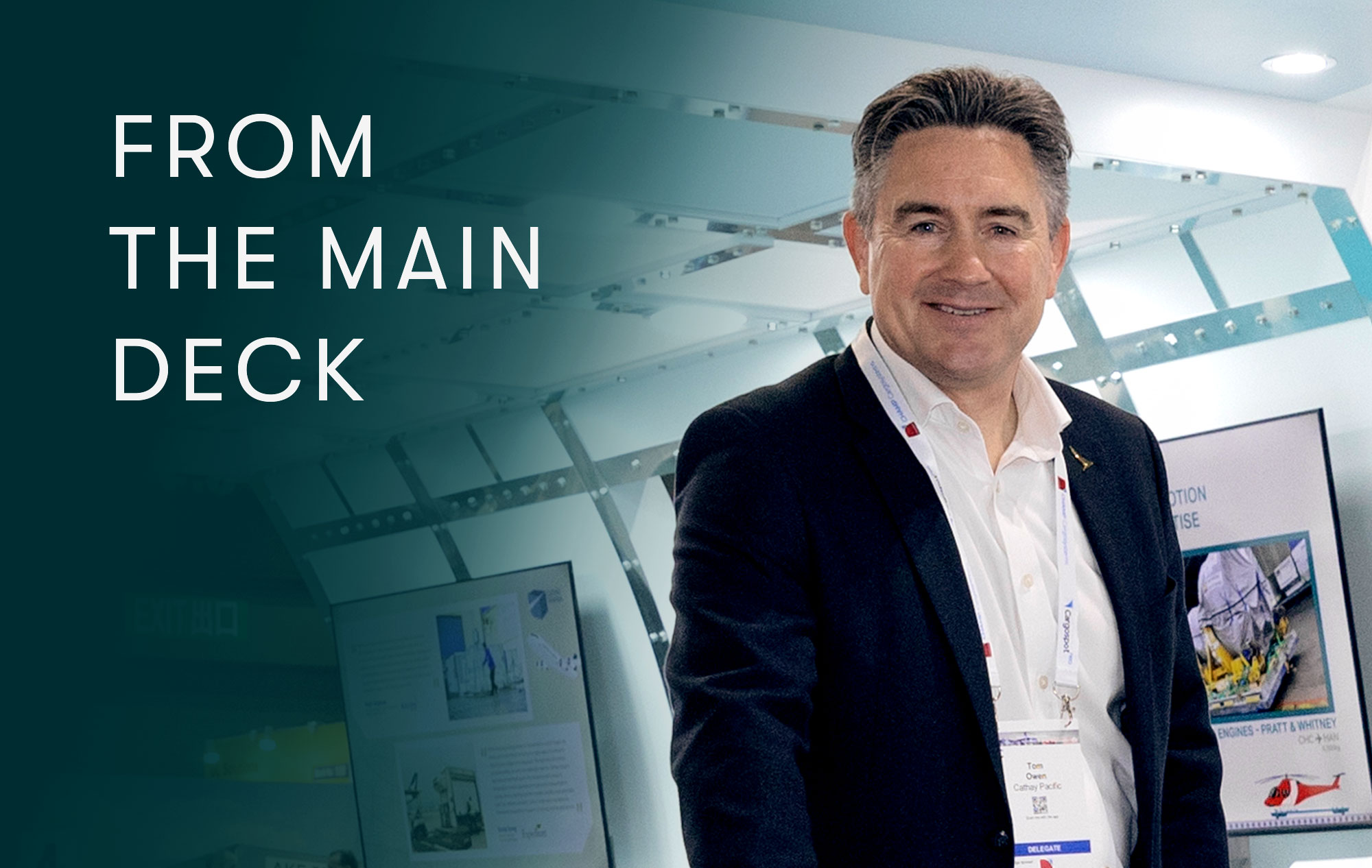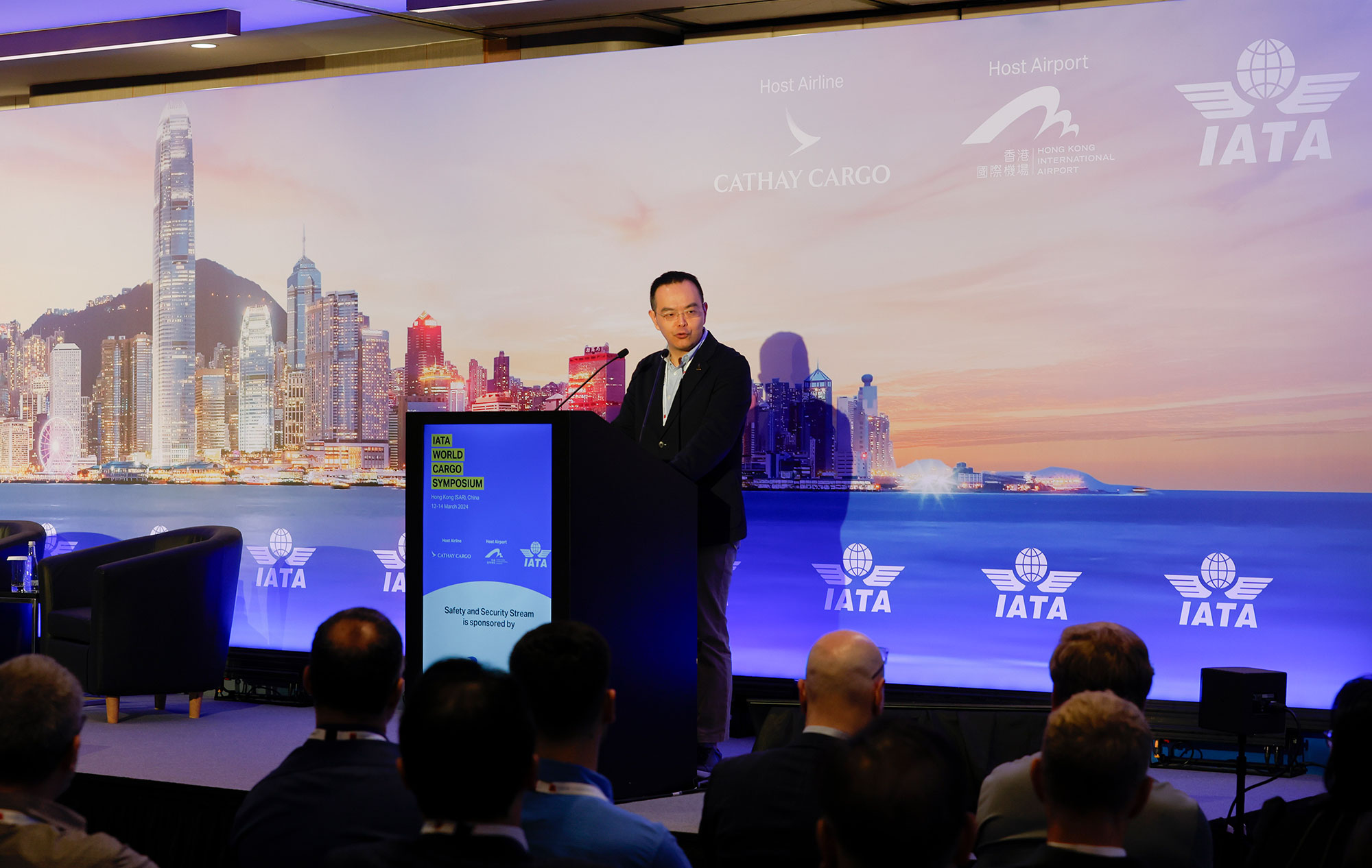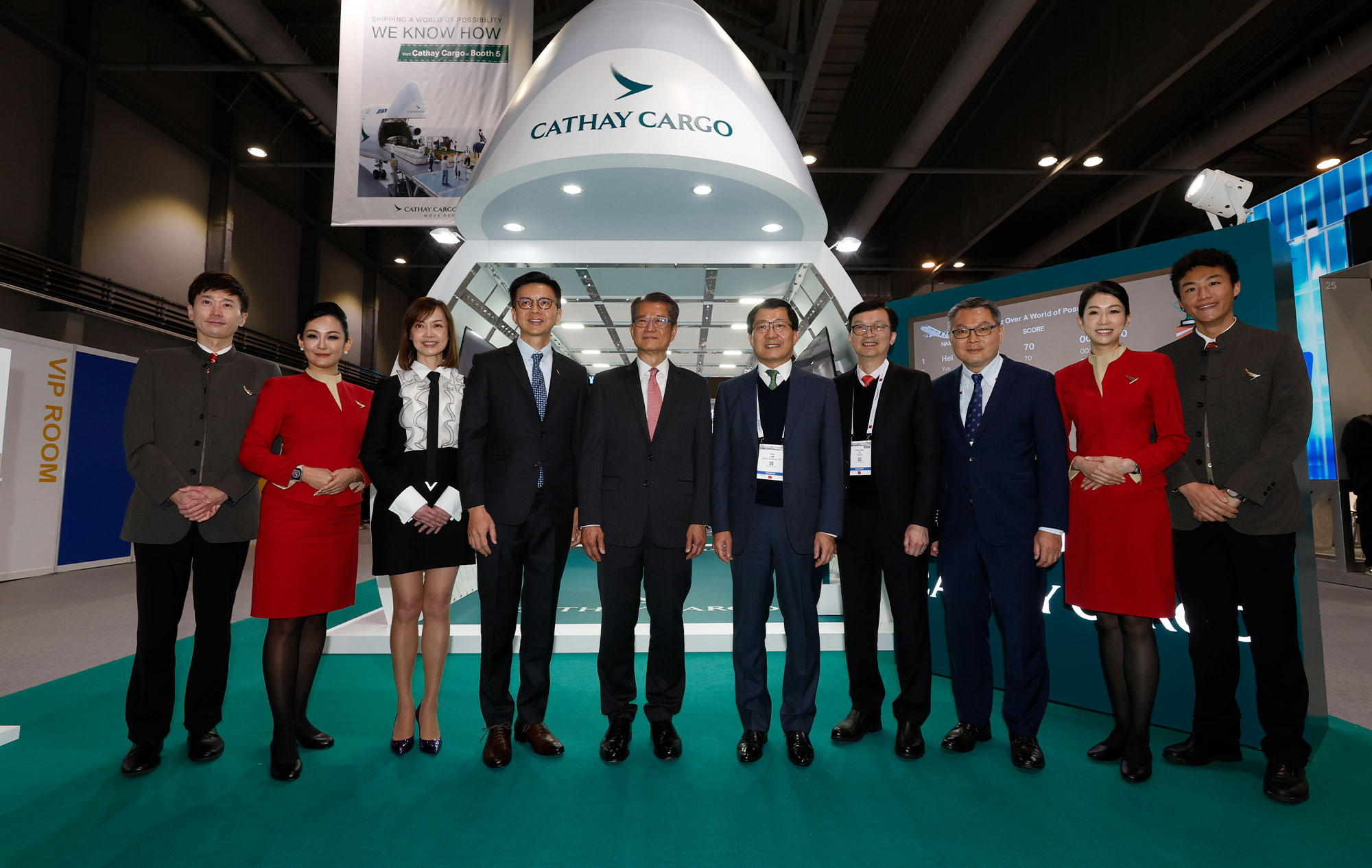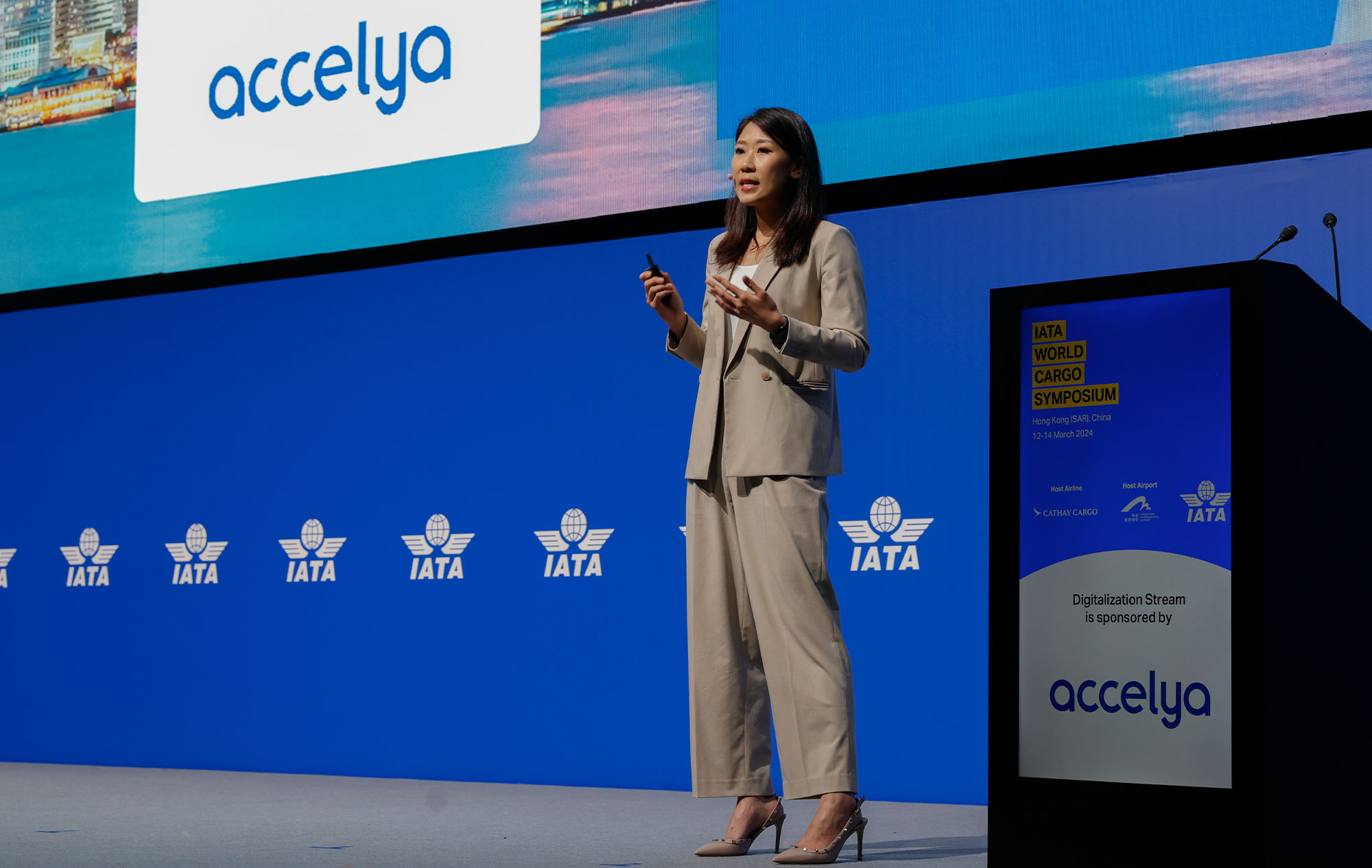Captain Obet Mazinyi, a Boeing 747 freighter pilot for Cathay Pacific, flies cargo around the world. Since the retirement of its 747 passenger fleet in 2016, the airline’s 20-strong 747 fleet has been comprised solely of freighters, featuring 14 state-of-the art Boeing 747-8Fs. Here, Captain Mazinyi gives us a glimpse into a day in the life of a pilot flying cargo shipments during the COVID-19 pandemic.
Getting ready to take off
For most pilots, including freighter pilots, preparation for a flight starts hours before we even head out to the airport. First, we need to be well rested, especially for a long-haul flight. I recently operated a flight from Hong Kong to Anchorage that left at 1.40pm. This is how the day went.
12.20pm
Our report time for duty is 70 minutes prior to departure. On entry to the Dispatch office at Cathay City, our headquarters, my temperature is checked.
12.30pm
I meet up with the rest of the crew at the preparation desk, where we pick up our facemasks and verify the flight plan in our Electronic Flight Bags (EFB), which are basically our iPads. An app on our iPads called Flight Folder replaces the paperwork we used to carry on board. We also confirm the weather en route, and calculate a standby fuel uplift figure. We decide on the final amount of fuel we need once we receive the final load information from the Central Load Control Team when we are on the aircraft.
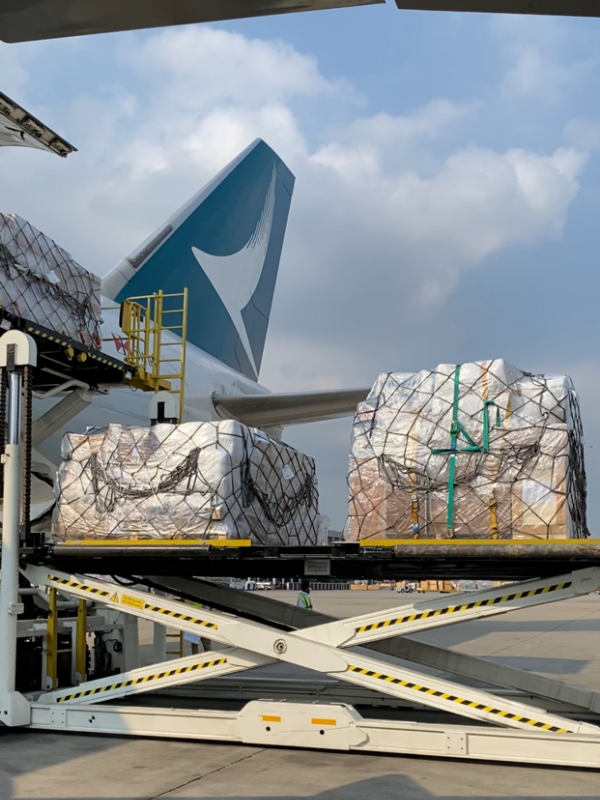
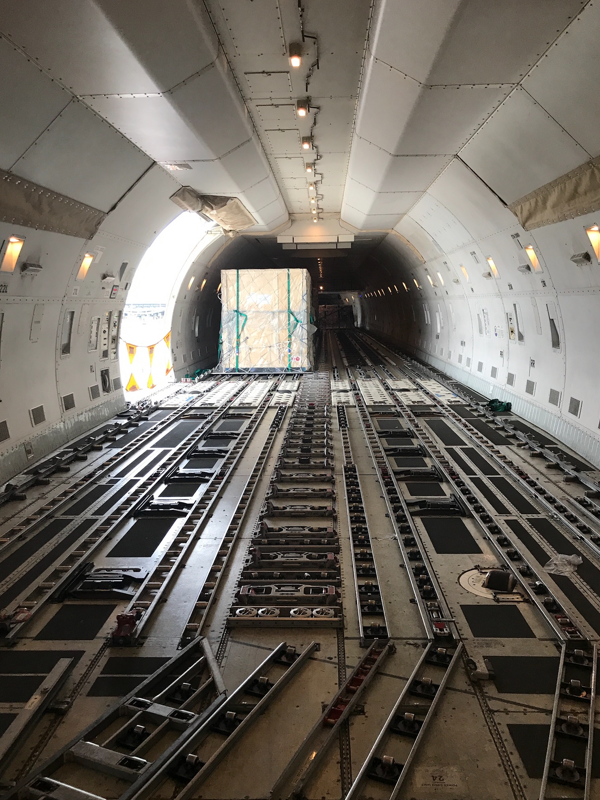
12.40pm
We board the crew bus, having gone through the dedicated security and immigration checkpoint at Cathay City.
12.50pm
We arrive at the aircraft, where loading is already taking place. We are met by the Cargo Loading Supervisor, who gives us a quick brief on the loading progress and also tells us about any special shipments such as temperature-dependent cargo or dangerous goods. They also inform us of any expected delays due to late cargo or late arrival of connecting aircraft. Today, as usual, we are ahead of schedule with efficient loading.
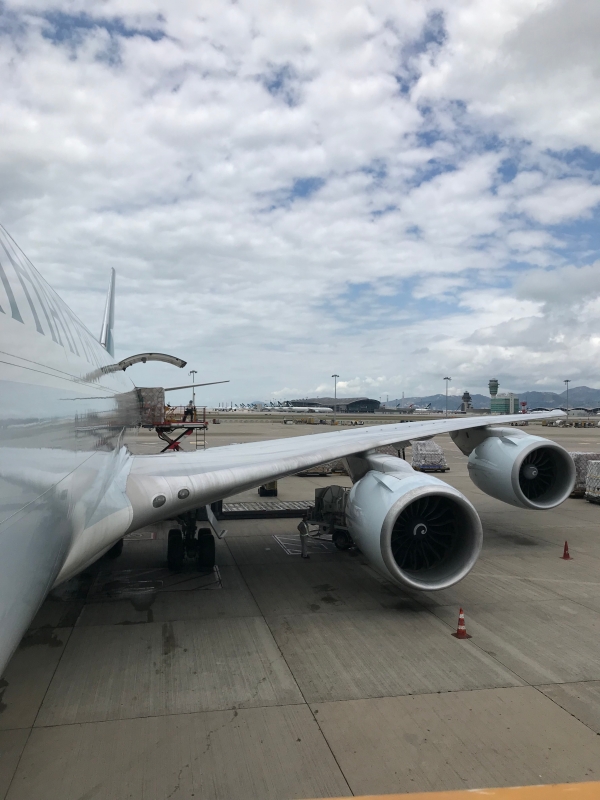
12.55pm
We board the aircraft. As Captain, I review the maintenance log with the rest of the crew on the flight deck so we are all aware of the aircraft’s state.
1.00pm
We start the preflight preparation. The pilot flying the sector commences to programme the flight computers, while the other pilot goes outside to complete an external aircraft inspection – we call this a walk around, which takes about 10 minutes.
1.10pm
The final load information is delivered to the flight deck, which enables us to determine the final amount of fuel we will need. This information is passed on to a refuel agent standing by outside the flight deck. We then send the fuel figures via ACARS (a digital datalink for sending text messages) to our Central Load Control team, so they can prepare the load sheet.
1.20pm
Twenty minutes before departure, the loading supervisor updates us on loading progress.
1.30pm
The final load sheet is sent to the aircraft, and the supervisor lets us know that loading is completed.
1.40pm
Pushback for departure is on schedule. Now that Hong Kong International Airport is quieter because of the reduction in flights overall, ground delays prior to departure and traffic delays flying back are reduced. We generally receive start clearance immediately and also attain our requested flight altitudes, enabling greater fuel efficiency.
The flight
After departure, we keep in touch with air traffic control to report our position, monitor the aircraft systems and also ensure any cargo loaded in specified sections is maintained at the correct temperature.
The absence of cabin crew onboard means that we freighter pilots prepare our own meals. Cathay provides a selection for us of vegetarian, low-calorie, Hindu and standard Western meals. Hygiene is of utmost importance, so we wear gloves and ensure the food is adequately heated.
On longer flights, we take turns to stretch our legs in the small upper deck area. With ‘heavy crew’ for long-haul flights, we can take a few hours’ rest in the two comfortable bunk beds in an area at the rear of the upper deck. Two crew – one of whom must be a relief commander or another Captain – occupy the flying seats while other crew rest, usually splitting the rest period equally. There are always two pilots in the seats except when one is using the toilet, stretching their legs or preparing meals.
Health and flying during COVID-19
There are other things we have to contend with due to the pandemic. As crew members, whenever we return to Hong Kong we are under medical surveillance. This means we must monitor our health and check our temperatures twice a day. Essentially, this is like quarantine. If a freighter pilot is based at an outport, they must remain in their room in the Cathay Pacific crew hotel – The Headland, located at Cathay City – for the period they are in Hong Kong and conduct medical surveillance. Hong Kong-based crew must remain at home and record their temperatures too.
Our rostering team now keeps an operating crew together for rostered trips with no changes to crew members in order to avoid any close contact with other crew from different flights as far as possible. We wear masks out at all times, and these are provided when we report for duty to cover the number of days we are away on a trip. However, we do not wear masks on the flight deck once doors are closed and the flight gets underway.
Operationally, the aircraft now have enhanced cleaning and disinfection procedures. Special cleaning procedures have been in place since the spread of COVID-19, and we have on board disinfectant, cleaning wipes and, of course, hand sanitiser. Enhanced cleaning and disinfection procedures also apply to the flight simulators at our home base.
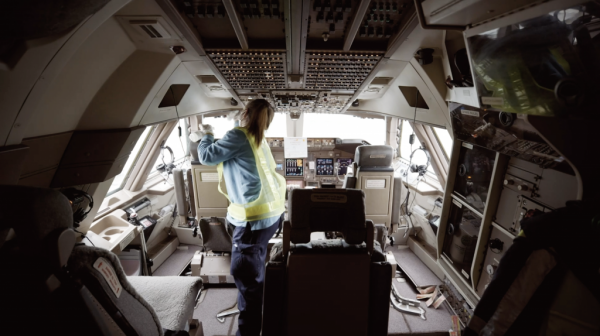

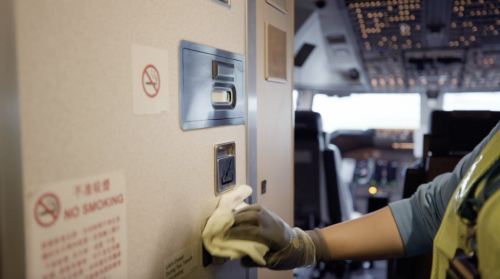
On arrival
On arrival at a destination, similar procedures apply. Nobody comes on board the aircraft in the US, due to social distancing requirements. We immediately put our masks on as we step off the aircraft. A dedicated crew bus takes us to immigration and then directly to the hotel. Once at the hotel, we stay in the room in self-isolation until we next depart. That means no visits to the gym, and room service or food delivery are the order of the day. Some stations, such as Dubai, require a sample for COVID-19 testing before we can proceed to the hotel.
In line with standard procedure, we are also regularly randomly tested for alcohol and drug abuse when reporting for duty, before we even get to the aircraft. But these processes are now all in a day’s work, and we get on with it.





